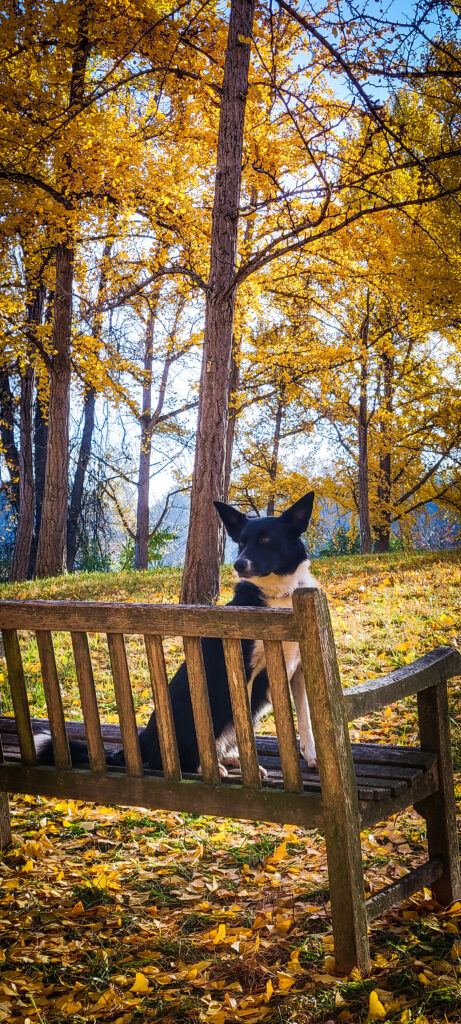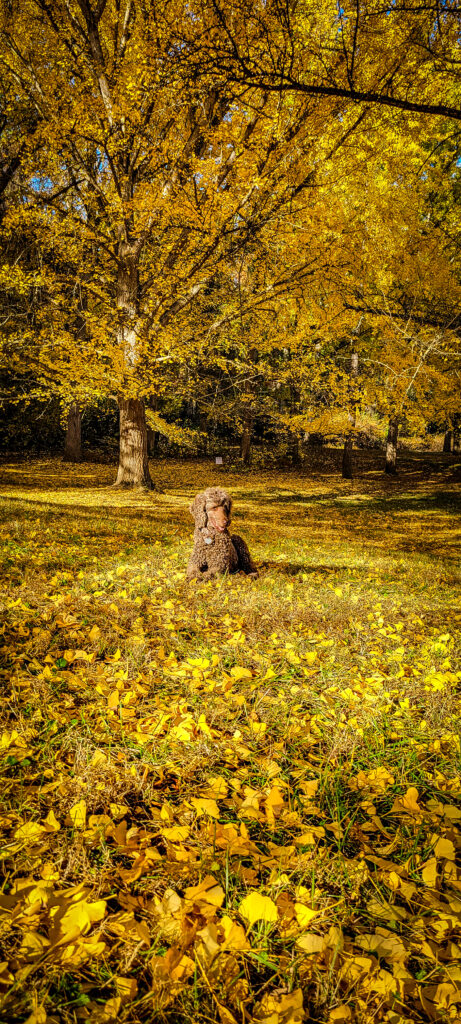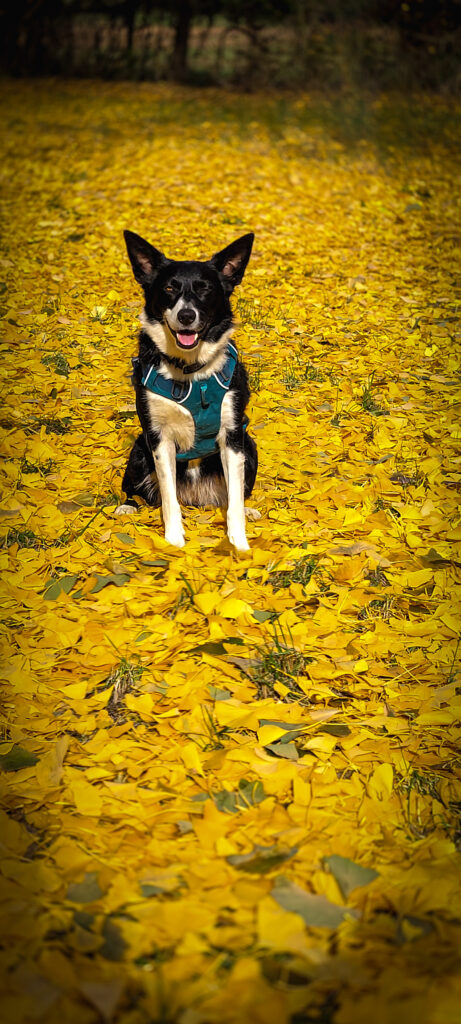
Strolling through the Ginkgo Grove within the Blandy Experimental Farm is kind of magical and is definitely worth a visit in the fall.
The Grove is one of the largest collections of Ginkgo trees outside of their native home in China.
The Ginkgo tree has been described as a living fossil because they supposedly witnessed the rise and fall of the dinosaurs across Asia, Europe and North America. The species of trees declined in population years ago for reasons that scientists are still researching. Currently, the Ginkgo biloba is the sold surviving species.
The Ginkgo Tree in Blandy exists due to a scientific experiment back in the 1930’s and 40’s. The experiment was started to determine what proportion of trees would develop into a male vs female tree. The trees did not reach maturity for 20 years and the numbers that were tallied up in the 1980s were 157 female trees and 144 male trees. A roughly even number of female to male population.
History aside, the grove is a completely magical place to visit in the fall. There are 300 trees on approximately 3 acres. I’ve made it an annual visit to take pictures of my dogs.
Blandy Experimental Farm has a webpage devoted solely to the leaf watch. Check out https://blandy.virginia.edu for daily updates on what the leaves look like.
I have found that going when the leaves either start falling or have already fallen is a really cool experience. The leaves are very soft and make the ground look like a yellow carpet. Here are some photos of my dogs over the years which demonstrates the ground covered in a sea of yellow.

Breeze and Meg – Gingko Grove 

Breeze at the Gingko Grove, Boyce, VA 
Maddie – Gingko Grove 
In addition to the Ginkgo Grove, the Blandy Experimental Farm has some fantastic walking trails and is a lovely place to visit. If you missed this year, make sure to put this beautiful place on your list of fall experiences.